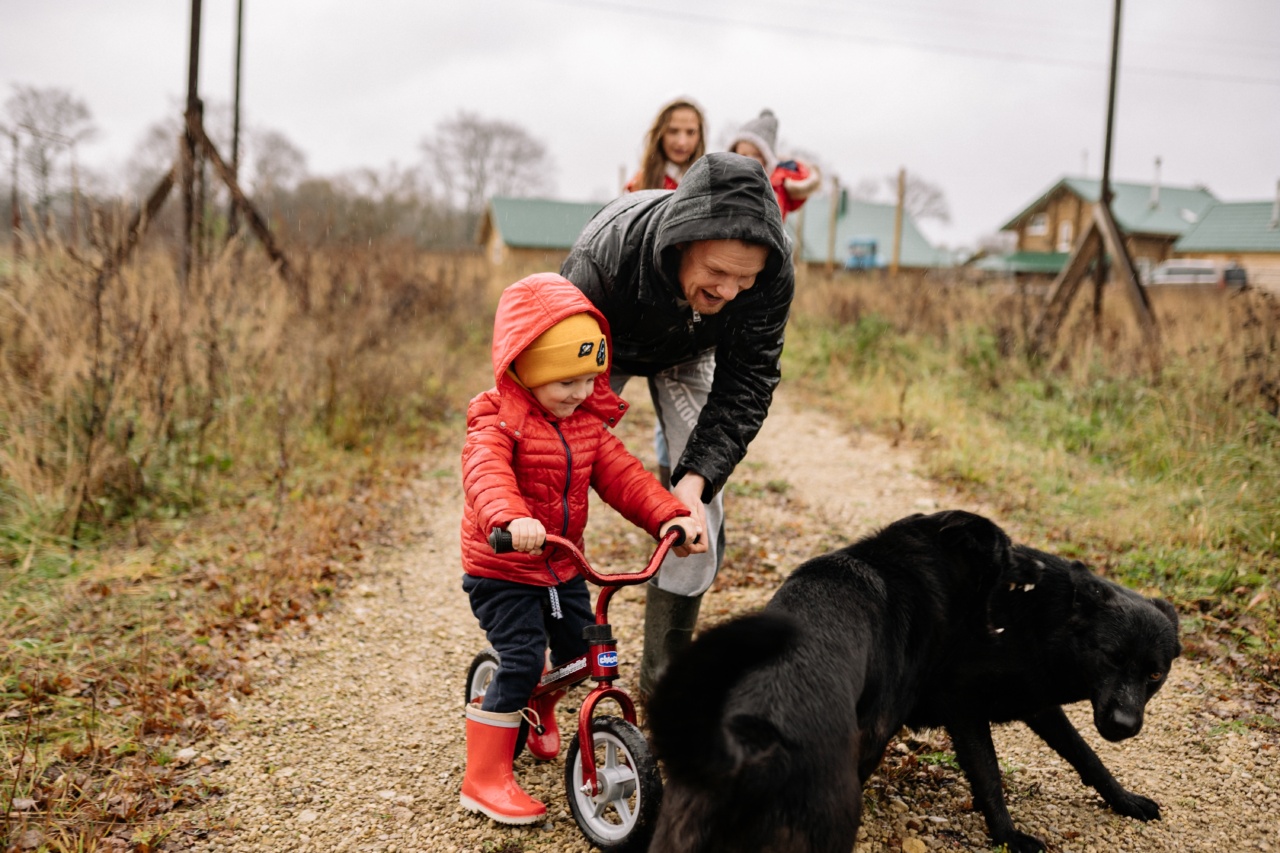As a dog owner, it can be tough to see your furry friend struggle with the aches and pains of aging. Osteoarthritis is a common ailment in older dogs, and it can seriously impact their quality of life.
The good news is that there are many things you can do to help ease your dog’s discomfort and make their senior years as comfortable as possible. In this article, we’ll explore some of the most effective ways to help your aging dog with osteoarthritis.
Understanding osteoarthritis in dogs
First things first, let’s talk about what osteoarthritis is and how it affects your dog. Osteoarthritis is a degenerative joint disease that gradually wears down the protective cartilage that allows joints to move smoothly.
As this cartilage breaks down, the bones in the joint begin to rub against each other, causing pain and inflammation. Over time, this can lead to reduced mobility, stiffness, and swollen joints. In dogs, osteoarthritis is often a result of wear and tear on joints over time, as well as genetic factors and obesity.
Recognizing the signs of osteoarthritis
If you suspect that your dog may be suffering from osteoarthritis, it’s important to look out for the following signs:.
- Stiffness or difficulty moving
- Limping or favoring one side of the body
- Reduced mobility, especially after exercise or play
- Loss of appetite
- Excessive licking or biting at affected joints
- Difficulty jumping or climbing stairs
If you notice any of these signs in your dog, it’s important to schedule a visit with your veterinarian. Your vet can perform a physical exam and recommend a course of treatment to help manage your dog’s osteoarthritis.
Managing your dog’s osteoarthritis
While there is no cure for osteoarthritis, there are many things you can do to help manage your dog’s pain and maintain their mobility. Some effective strategies include:.
Weight management
Excess weight can put added stress on your dog’s joints, making their osteoarthritis worse.
Talk to your vet about developing a weight loss plan for your dog, and be sure to feed them a healthy, balanced diet that’s appropriate for their age and size.
Exercise
Though it may seem counterintuitive, exercise is actually very beneficial for dogs with osteoarthritis. Low-impact activities like short walks, swimming, or gentle play can help keep your dog’s joints mobile and reduce stiffness.
Be sure to work with your vet to develop an exercise plan that’s appropriate for your dog’s level of mobility and pain.
Supplements
There are many natural supplements that can help ease your dog’s osteoarthritis symptoms. Glucosamine and chondroitin are popular supplements that can help support joint health and reduce inflammation.
Omega-3 fatty acids are also effective at reducing inflammation and improving joint function. Talk to your vet to see if these supplements might be appropriate for your dog.
Pain medication
In severe cases of osteoarthritis, your vet may recommend pain medication to help manage your dog’s discomfort. Nonsteroidal anti-inflammatory drugs (NSAIDs) are a common choice, but they can come with some serious side effects.
Be sure to talk to your vet about the potential risks and benefits of pain medication before starting your dog on any new medication.
Environmental modifications
Simple changes around your home can make a big difference for a dog with osteoarthritis. Provide your dog with a soft, supportive bed to sleep on, and make sure their living space is warm and dry.
You might also consider adding ramps or stairs to help your dog get around more easily, or using rugs or carpeting to provide better traction on slippery floors.
Conclusion
Osteoarthritis can be a painful and debilitating condition for dogs, but there are many ways to help manage your furry friend’s symptoms.
By working with your veterinarian and making some simple lifestyle changes, you can help your dog stay comfortable and maintain their mobility as they age.































